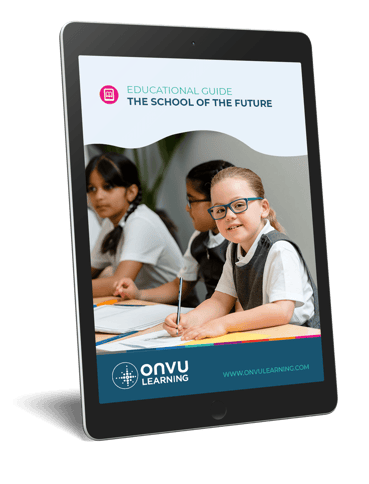- Lesson Observation
- 3 Minute Read


Over the coming weeks, we’ll be sharing our research, experience and thoughts on how best practice in lesson observation can drive a school forward, change the culture and improve teaching and learning, kicking off with some tips on how to start your lesson observation planning.
Our articles will cover the following topics…
To receive the whole series, make sure you sign up to our newsletter here – and follow us on social media.
Planning a lesson observation programme for teacher development
There’s an obvious need for lessons to be observed occasionally – to check that teachers have a level of competency in communication, the right academic and pedagogic ability and that their classes have a suitable level of behaviour. But beyond that, why do it?
In the recent past many school graded observations and used them for performance management, with the ‘punishment’ for a poor grade being more observations, while others used ‘tick boxes’ to check the ‘right’ processes were being followed – usually in anticipation that external inspector would be looking for the same things. Observation for development in many schools tended to be limited to trainee teachers. However, there’s an increasing amount of evidence that shows that lesson observation can make a real difference to teaching, learning, behaviour and teacher engagement – indeed it may well be the best form of CPD available. So, how can you set up an effective lesson observation and coaching programme in your school?
The first step is to set out gain buy-in from the top and set out what you want to achieve – the ‘vision’ for the project. Given the mixed experience that many teachers have of lesson observation, this needs to state clearly that the aim of the programme is to improve teaching, that the necessary time and resources will be allocated, and that it will be supported by a named senior leader.
You then need to communicate this vision and engage a group of teachers to deliver a pilot project. Given that observation works best within a subject or phase grouping it would be better to select on this basis rather than choosing participants from across your school. Let them work with you on the project plan and timing. Here are some further ideas to think about at this stage.
Bradford Grammar School has taken on a project like this – its ‘Teaching Squares’ programme links teachers together in a collaborative, low-stakes environment. Find out more here.
We hope these tips will help to get your juices flowing around lesson observation planning for development best practices. Do you have any other ideas to add?
Share your stories on our Twitter and Facebook pages using hashtag #TheFutureofLessonObservation.

The School of the Future Guide is aimed at helping school leaders and teachers make informed choices when designing the learning environments of the future using existing and upcoming technologies, as they seek to prepare children for the rest of the 21st century – the result is a more efficient and competitive school.
KEEP IN TOUCH WITH ONVU LEARNING AND RECEIVE THE LATEST NEWS ON EDTECH, LESSON OBSERVATION, AND TEACHER TRAINING AND DEVELOPMENT.